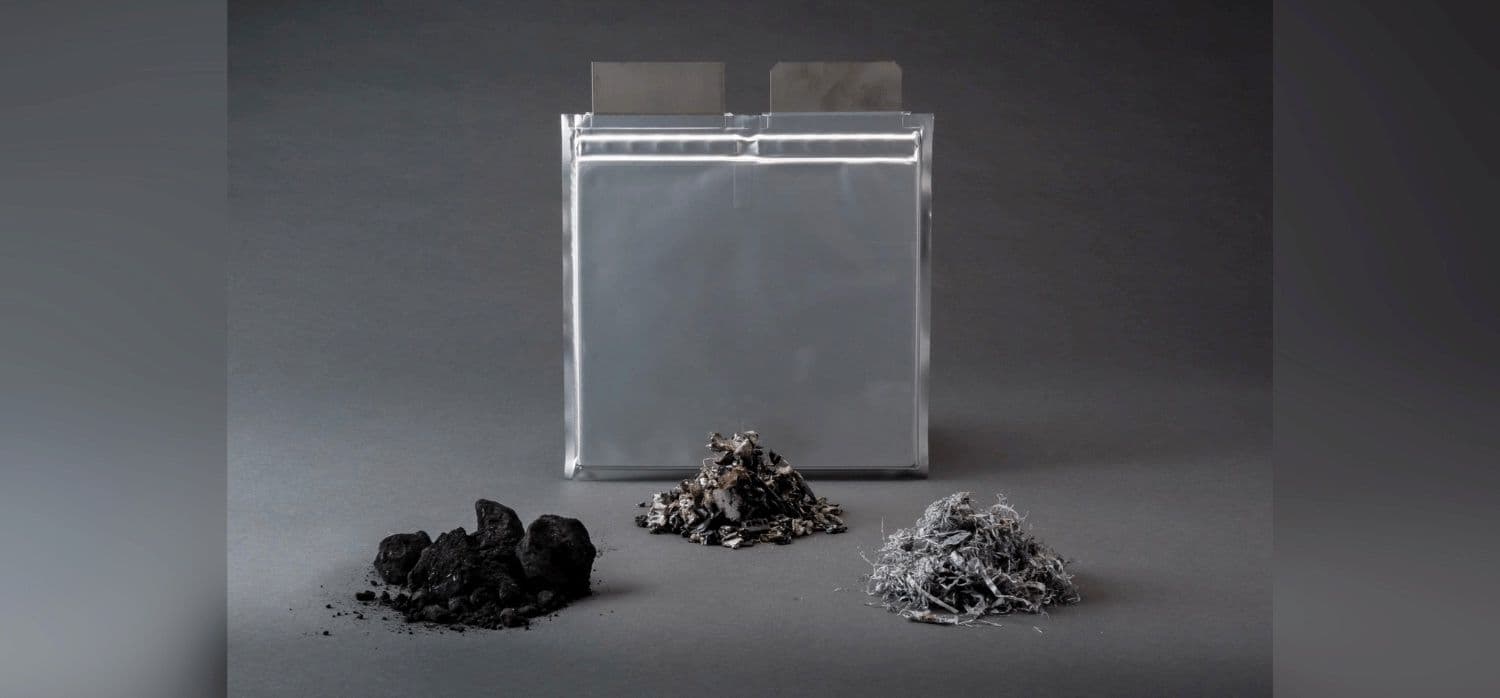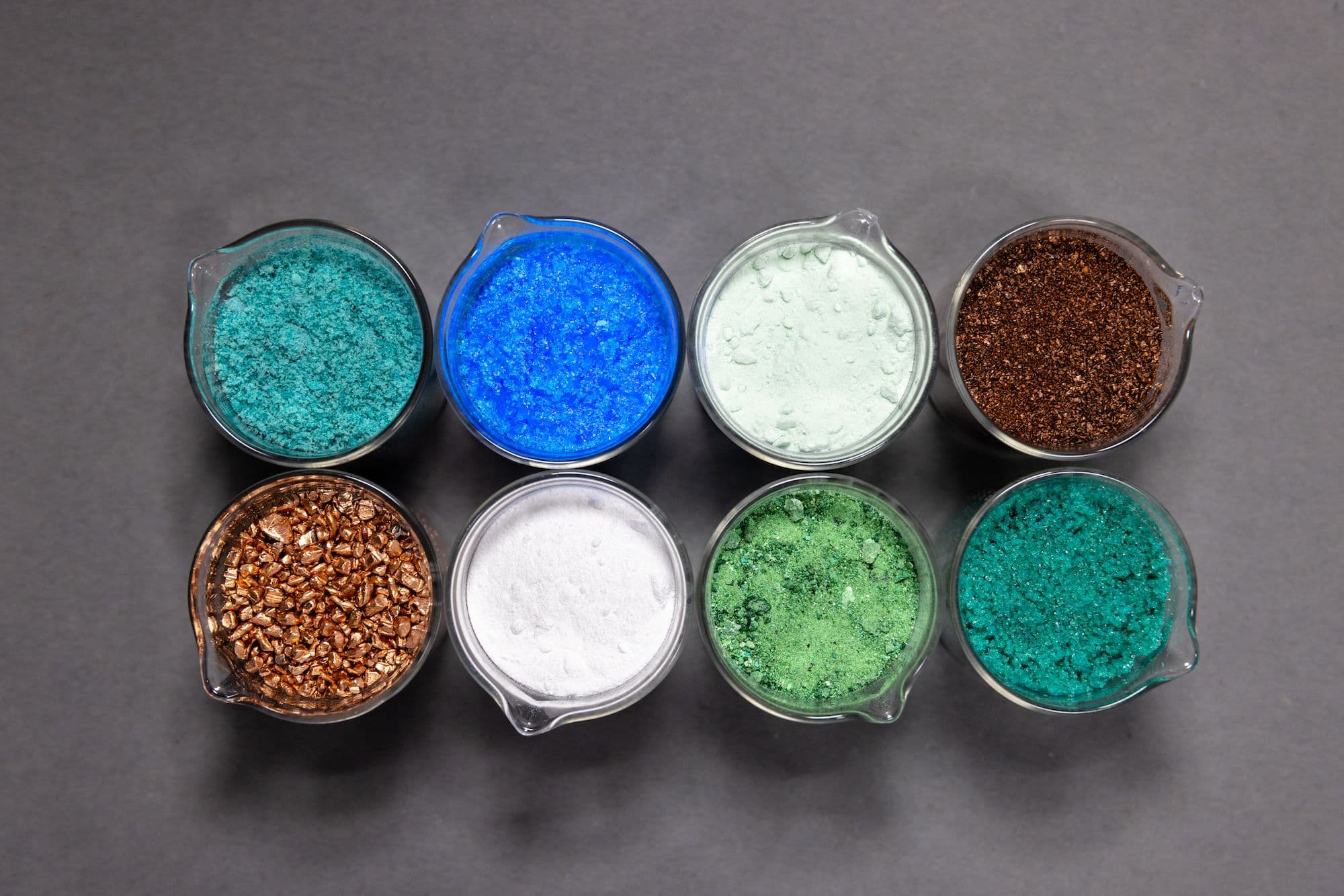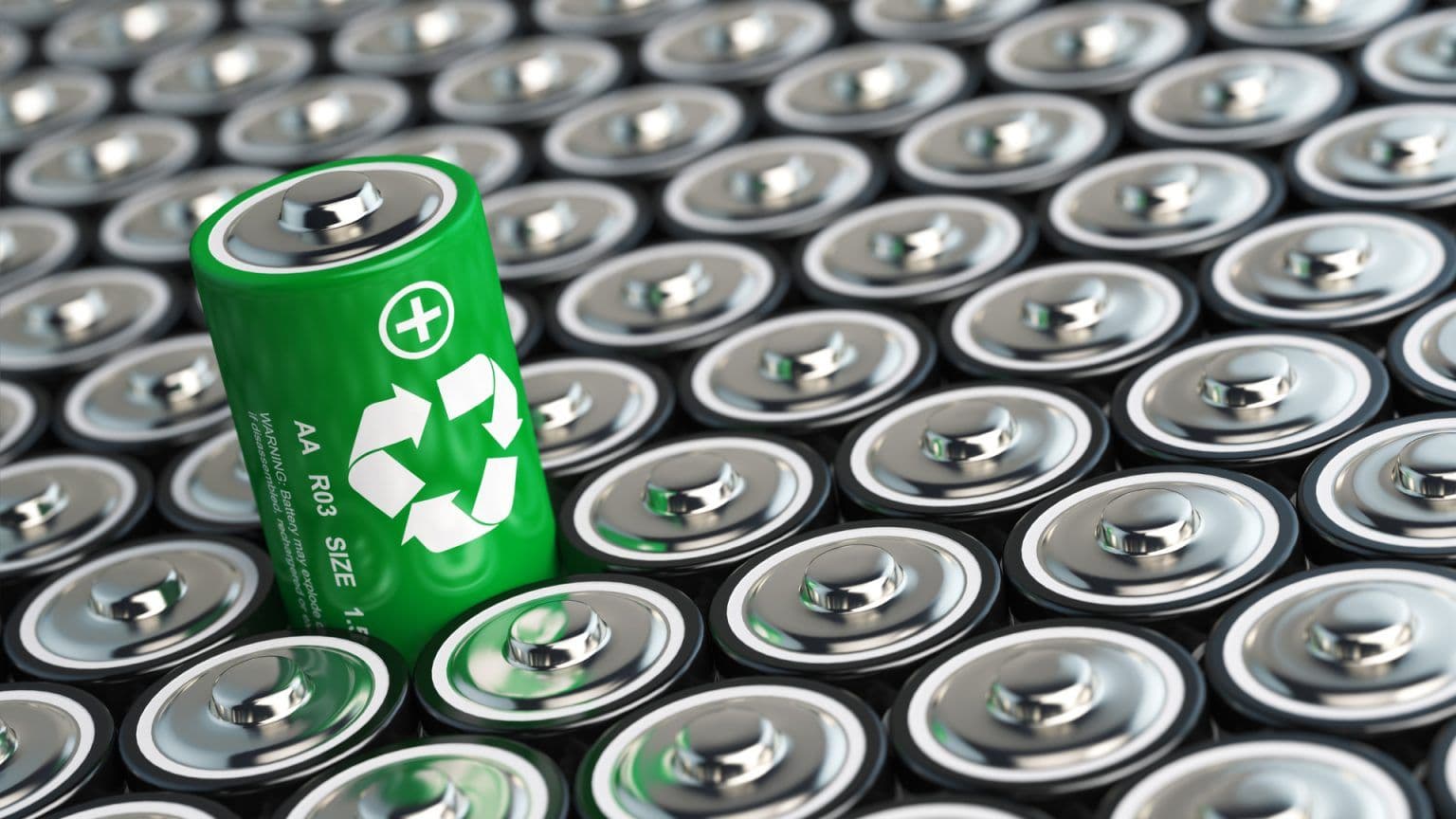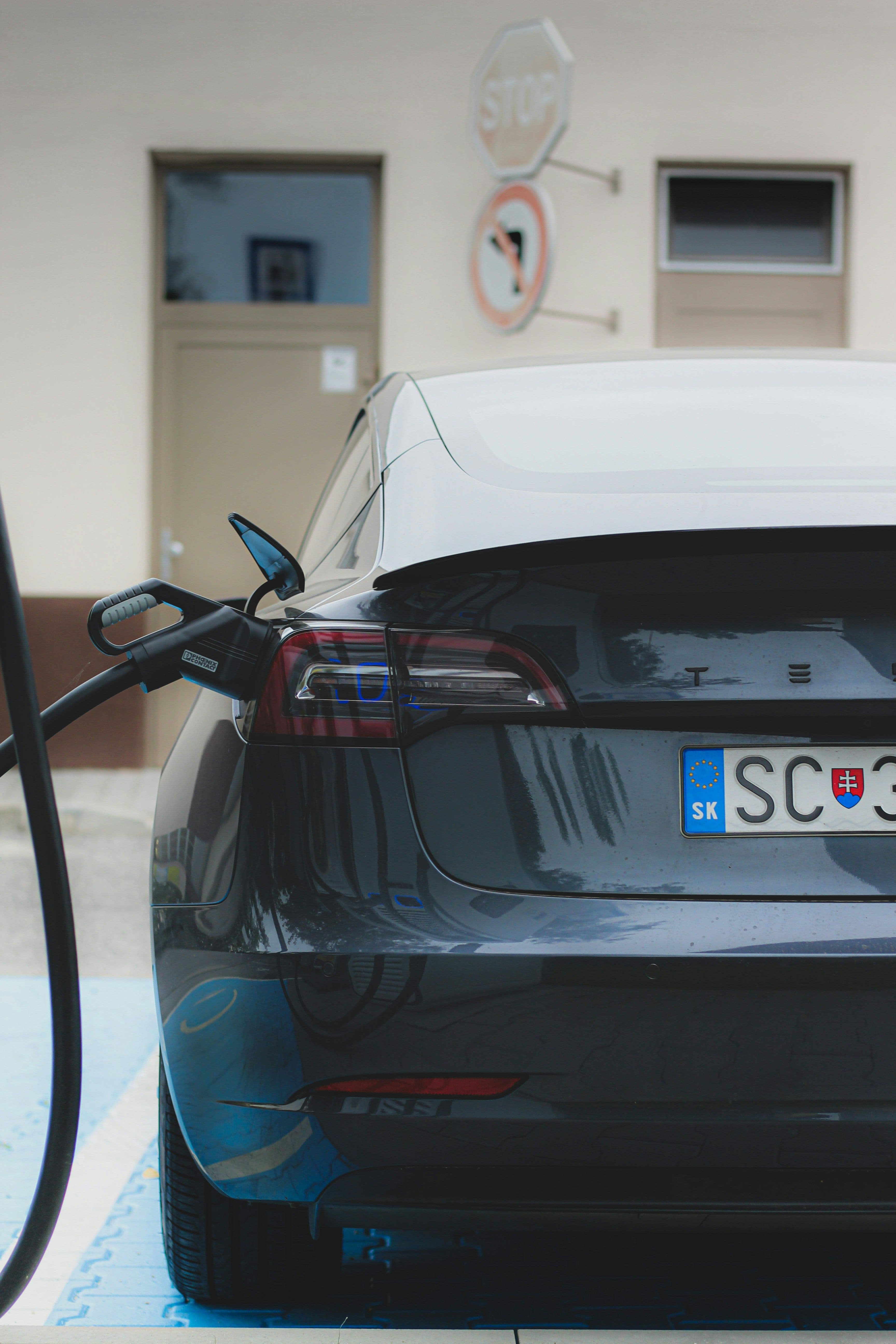As the demand for electric vehicles (EVs) surges, the world faces a significant challenge: efficiently recycling the increasing number of end-of-life lithium-ion batteries. These batteries, a crucial component of the EV revolution, contain valuable materials that can be used indefinitely. Embracing innovative recycling technologies is an environmental imperative and a step towards a more sustainable energy future. Importantly, this approach aligns with the principles of a circular economy, where resources like lithium, nickel, and cobalt from batteries are recovered and reused. This minimizes waste and reduces the need for new raw materials, making it an essential aspect of sustainable growth in the EV sector.
Types of Recyclable Materials: End-of-Life Batteries and Production Scrap
End-of-Life (EoL)
End-of-life batteries typically reach the end of their life after 10-15 years or after traveling more than 200,000 miles. However, even at this stage, they can find profitable second-life applications, particularly in systems like stationary backup power, which demand less performance. Reusing second-life batteries extends their lifecycle before they enter the recycling process. While nickel-manganese-cobalt oxide cathodes are well-suited for these second-life applications due to their high-value inputs, lithium-iron-phosphate cathodes are better for recycling. It's important to note that the lifespan of these batteries is not a fixed metric but varies based on several factors. Usage patterns, charging methods, weather conditions, and the type of vehicle significantly influence battery life. For example, frequent exposure to extreme temperatures or rapid charging and discharging can shorten a battery's lifespan, and heavier vehicles like trucks may exert more strain on batteries than smaller cars.
Production Scrap
During the battery manufacturing process, various phases can lead to the creation of production scrap. One key challenge is the exposure of battery materials to contaminants, which can occur at any stage of the manufacturing process and may cause batteries to fail stringent quality tests. Battery factories implement rigorous quality control measures throughout production to ensure optimal performance and reliability. These checks are crucial, particularly in new factories, where up to 30% of batteries may fail quality tests due to contamination and are then directed for immediate recycling. This production scrap contrasts with batteries in electric vehicles or consumer electronics, which have a longer usage life and only enter the recycling stream at the end of their lifespan.

Redwood Materials Battery Recycling Facility – CNBC
Trends in Battery Recycling
A notable shift is occurring in the composition of battery scrap sources. Currently, production scrap, predominantly from gigafactories, accounts for a significant majority, about 73%, of all battery scrap. This is largely due to the higher rate of production defects, especially in new factories where up to 30% of batteries can fail quality checks and become immediately available for recycling.
However, this dynamic is expected to change in the coming years. By 2031, the tide will turn, with end-of-life (EoL) batteries emerging as the primary source of scrap. The batteries in electric vehicles manufactured today have a lifespan of 10-15 years, meaning a surge in EoL battery scrap is anticipated as these vehicles reach the end of their useful life. Fastmarkets forecasts that by 2033, EoL batteries will constitute 59% of battery scrap, surpassing production scrap, which will then account for 41%.
This transition highlights a critical phase in the battery lifecycle and the recycling industry. While today's scrap is largely driven by manufacturing outputs, the future will see a greater influx from batteries that have powered our devices and vehicles, reflecting the maturation of the EV market and the lifecycle of lithium-ion batteries.
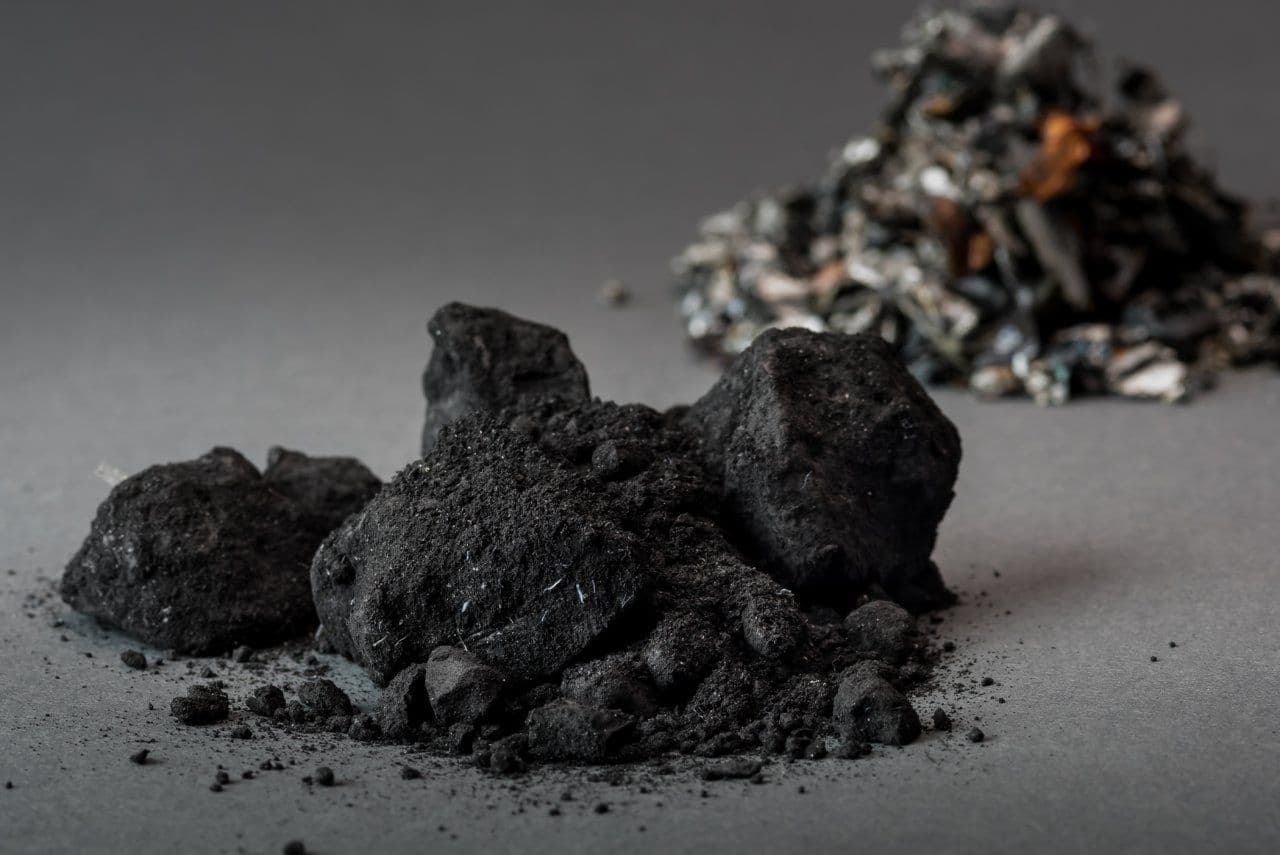
Black Mass From Shredded Batteries – Argonne National Laboratory
The Battery Recycling Process
The journey of battery recycling starts when end-of-life batteries are collected and sent to recycling facilities. Here, they undergo testing, discharge, and disassembly. A critical step in the process is shredding, which involves thermal treatment to remove impurities like plastics. This step optimizes the separation of electrode material and current collector foils, which is essential for efficiently processing the batteries.
After shredding, batteries are treated to recover valuable materials like nickel, cobalt, lithium, and graphite. This 'black mass' is further processed through hydrometallurgical and pyrometallurgical methods. These methods are crucial for recovering battery-grade materials that can be reused in new batteries.
Advantages of Battery Recycling
- Reduced Carbon Emissions: Recycling batteries can significantly reduce carbon emissions, reducing the carbon footprint per kilowatt-hour of battery cell capacity by about 25%. This is primarily because recycled battery materials have a much lower carbon footprint than newly mined materials.
- Ethical and Sustainable Sourcing: Battery recycling helps reduce reliance on raw materials from conflict regions or those extracted using unregulated labor, promoting more ethical and sustainable supply chains.
- Closing the Loop: The recycling process transforms waste into valuable resources, contributing to a circular economy that reduces environmental impact and fosters resilience and sustainability.
- Regulatory Compliance: Adhering to regulations such as the EU's End-of-Life Vehicles Directive, the EU Battery Directive, and the US initiatives on battery recycling ensures compliance with global environmental standards and fosters a sustainable industry standard.
- Innovation and Economic Opportunities: The battery recycling market, expected to grow to more than $95 billion annually by 2040, offers significant economic opportunities. This growth is expected to stimulate job creation and technological innovation within the industry.
- Support for the Energy Transition: Efficient battery recycling is crucial for the global transition to electric mobility. Providing a stable supply of recycled materials helps prevent potential shortages of critical raw materials, ensuring the continued growth of the EV sector.
The Future of Battery Recycling
Looking ahead, the battery recycling industry is pivotal. With technological advancements and regulatory changes, it is poised to play a crucial role in the global shift toward sustainable energy. By continuing to invest in efficient recycling methods and embracing responsible practices, the industry can significantly contribute to a cleaner, more sustainable future.

Revolt Recycled Batteries – Northvolt
